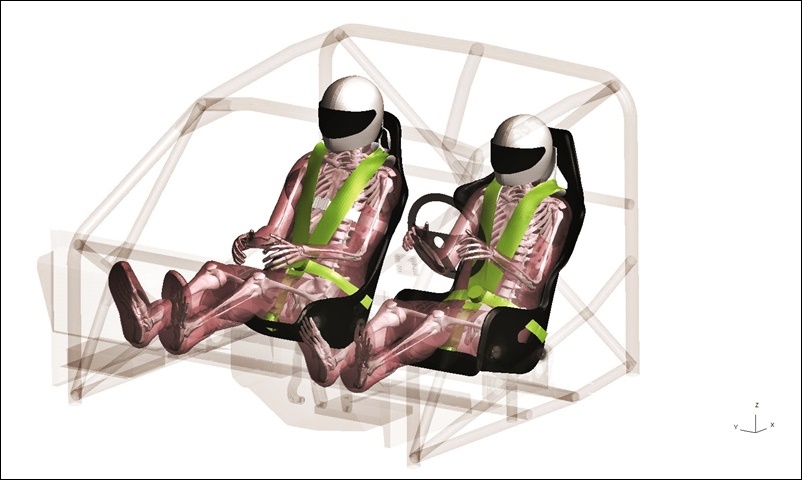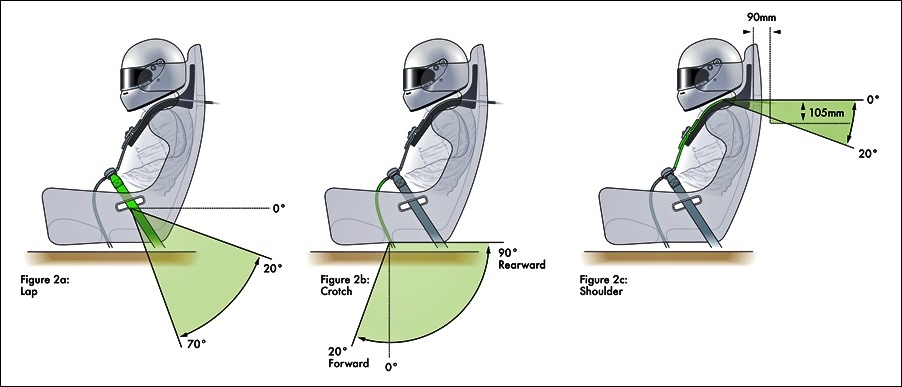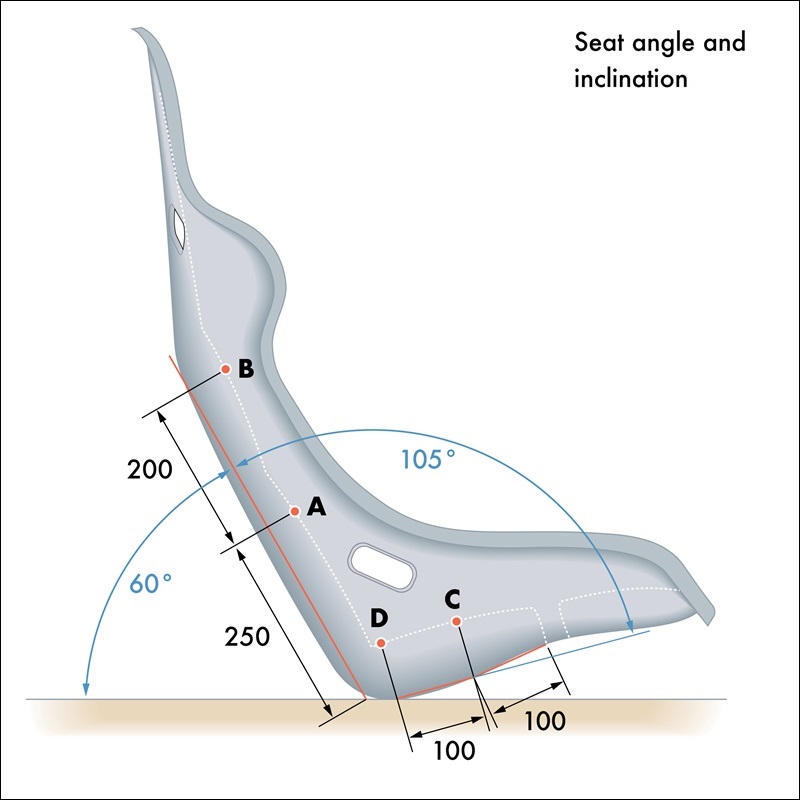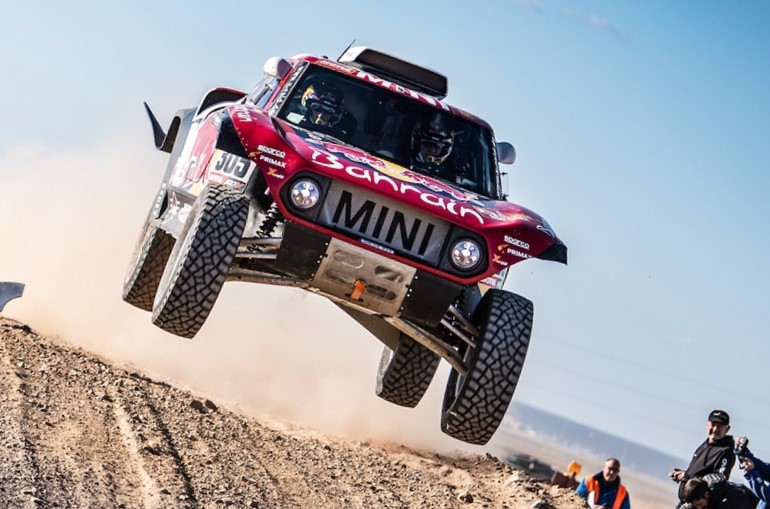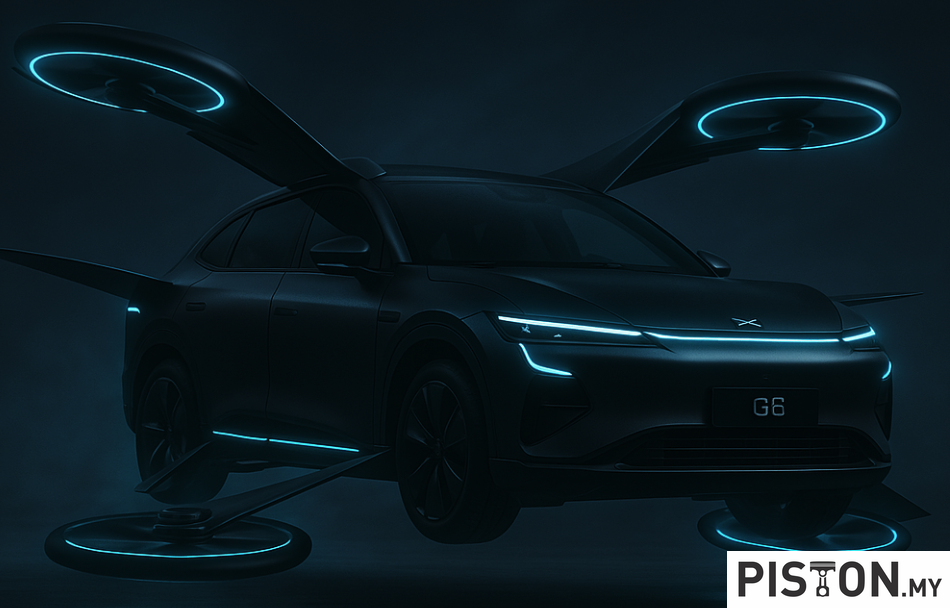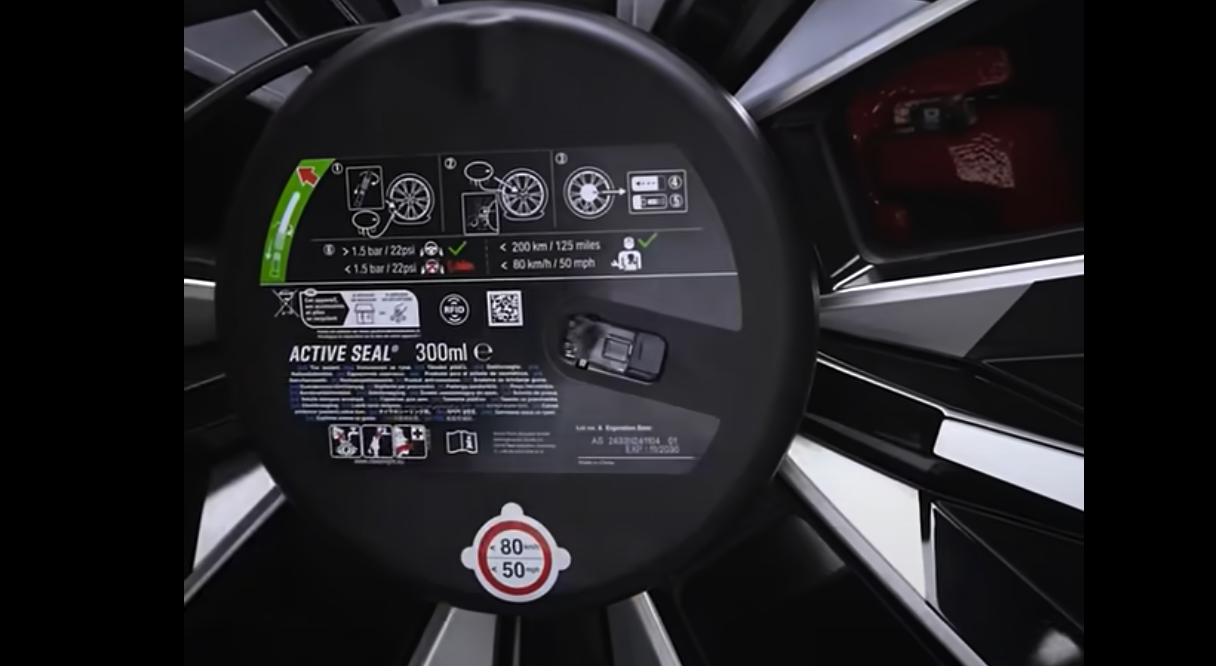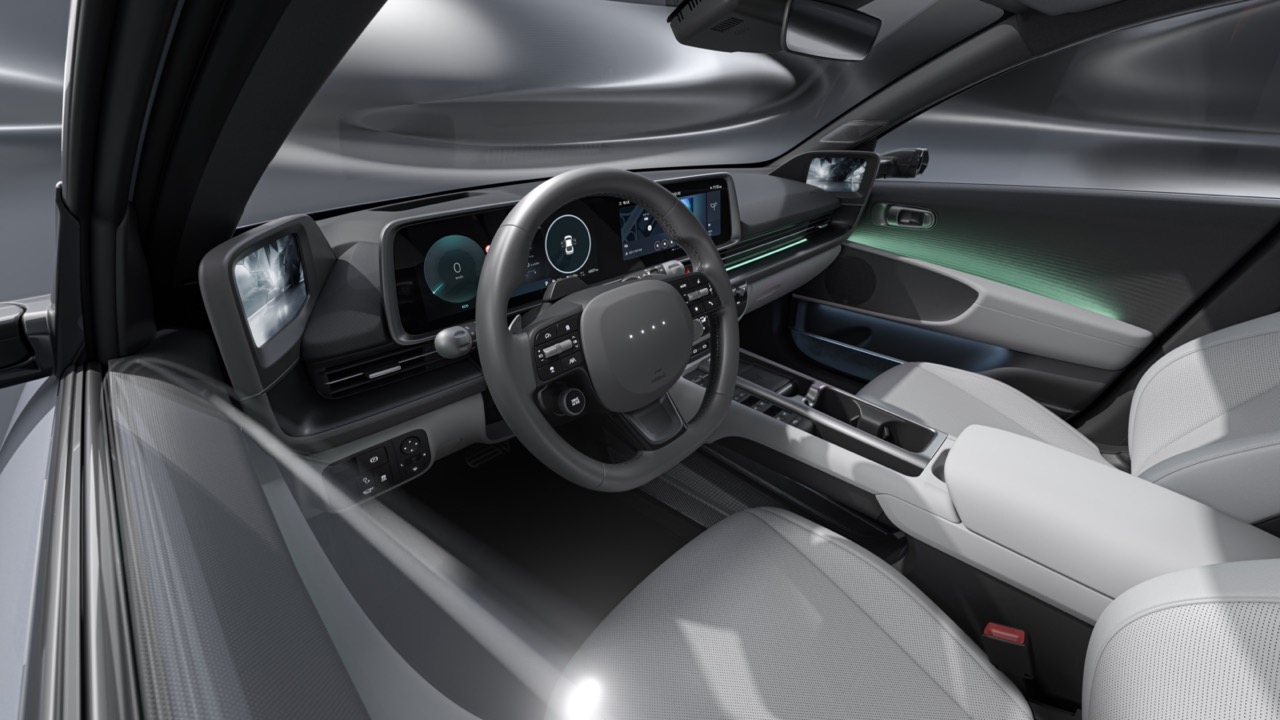The FIA (the international motorsport governing body) has made a breakthrough in motorsport safety through the use of computer simulation to study accident cases known to cause spinal injuries that are commonly reported in Cross-Country competition.
Following a number of cases of spinal injury during a heavy impact or landing that were reported by Cross-Country competitors, the FIA Safety Department conducted extensive research to identify the most significant factors that contribute to the risk of this type of injury. The research project was supported by funding from the FIA Foundation.
Simulations with THUMS
Using a virtual model of the cockpit environment and the Total Human Model for Safety (THUMS) to represent the driver and co-driver, the researchers simulated hundreds of crash cases to examine how the position and restraint of the competitors translated into loading of the spine.
The THUMS model, which was developed by Toyota Motor Corporation, who work in partnership with the FIA, offers a virtual representation of the human body. This is made up of almost 2 million elements, which accurately reproduce the human form, from rigid bone structures to soft tissues and organs.
Real-world case studies
To validate the results of the simulation, the research relied on correlation with real-world cases where the injuries were documented, including an accident during a Cross-Country rally in Qatar in 2018 in which the co-driver suffered vertebra fractures. Significantly, the driver of that car suffered no injuries, which demonstrated to researchers that if the key differences between the driver and co-driver can be quantified, this knowledge could be applied by all competitors to prevent injuries in similar cases.
The results provided by the THUMS model highlighted that rotating the competitor’s seat to a more upright position equated to a 22% reduction in the forces that translate into a fracture of the spine during a heavy landing.
Safety harness installation important
The FIA’s research concluded that the installation of the safety harness is a key factor in mitigating spinal injury during a heavy landing or impact. Changing the angle of the lap strap on the safety harness between the anchorage point behind the seat and the buckle resulted in an 8% reduction in the potential for a spinal fracture in the event of a heavy landing.
The study also found that a heavy landing with a tight safety harness reduced the load on the spine by around 6%, meaning that it is important competitors always make sure their safety harness is properly tightened during the entire event. It was also found that a 10-kg lower mass of the driver or co-driver led to an 8% reduction in the load on the spine.
Adam Baker, FIA Safety Director, said: “Simulation using the THUMS model has enabled us to study a wide range of Cross-Country accident cases in fine detail, improving our understanding of the key factors that contribute to spinal fractures in Cross-Country competition. We would like all competitors and teams to benefit from the results of this research, as even minor changes in the cockpit can prevent injury.”







